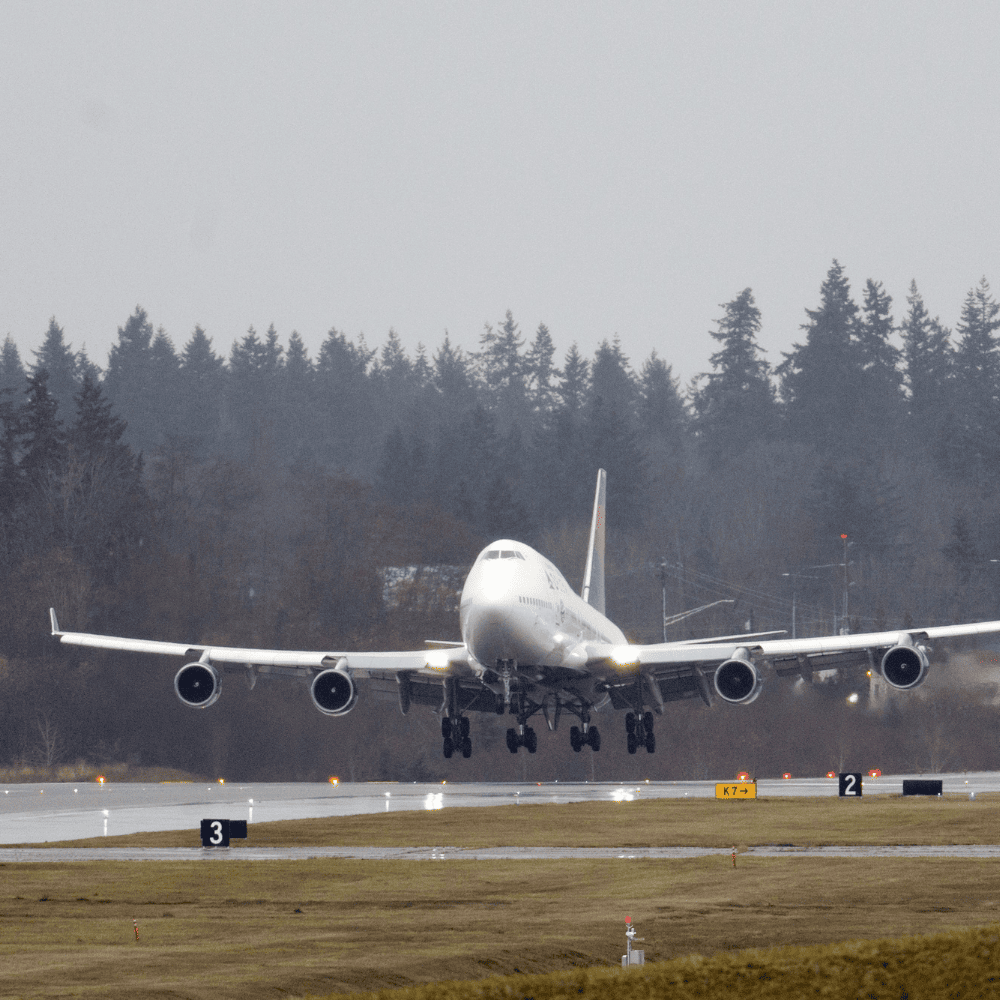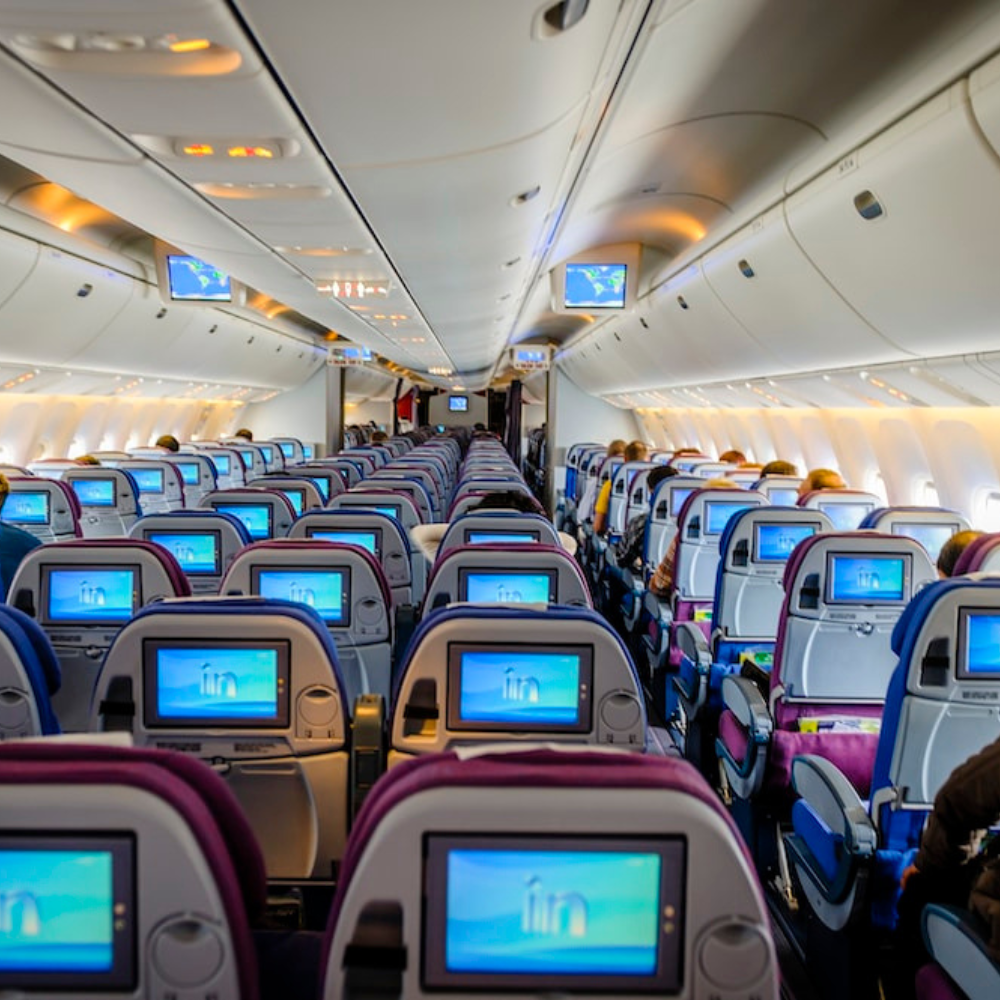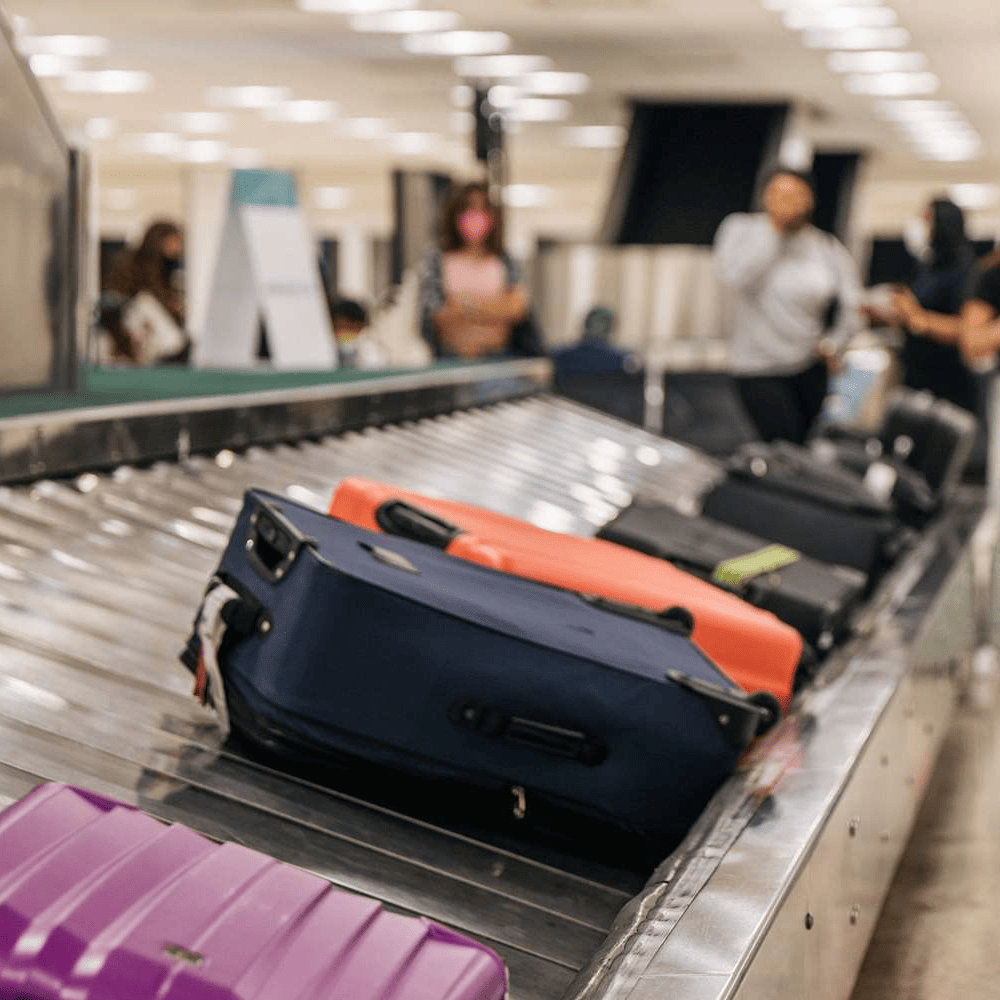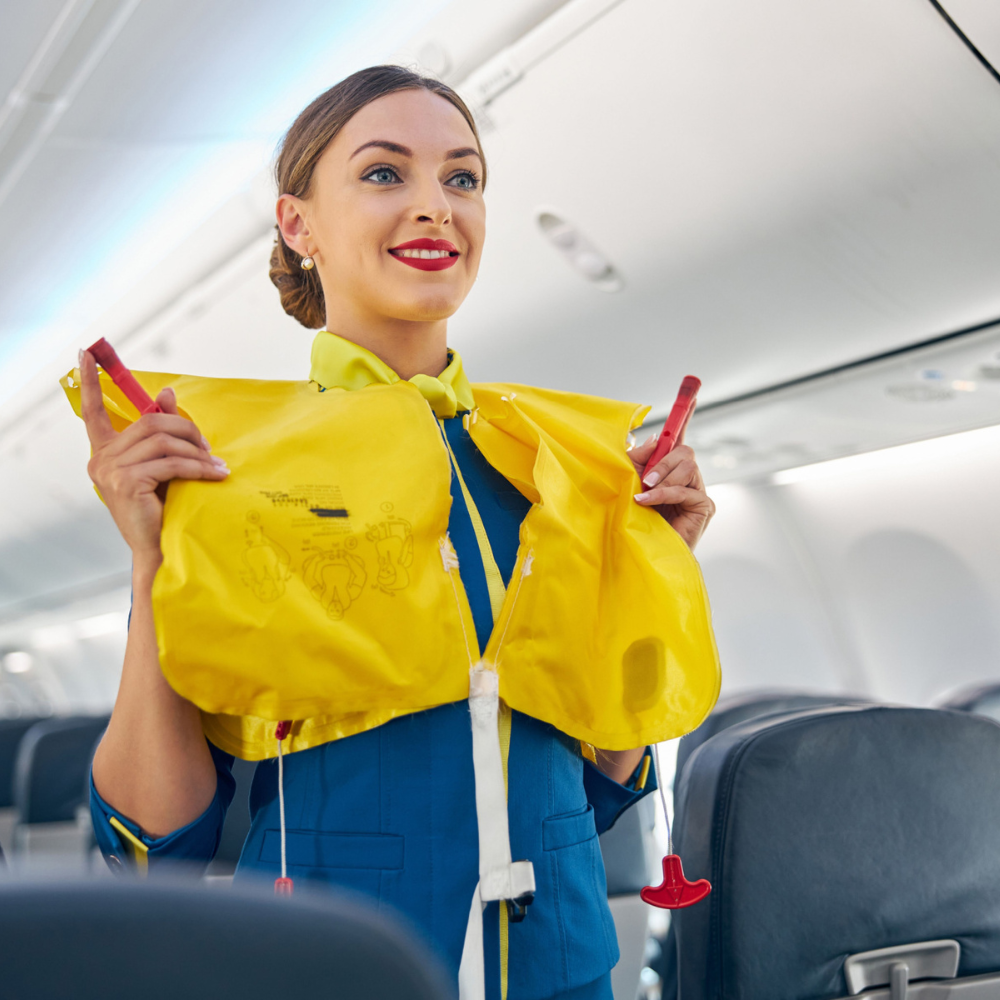
When it comes to air travel, safety should always be a top priority. While flying is considered one of the safest modes of transportation, being prepared for emergencies is crucial. It increases your chances of survival in case any mishaps take place and ensures your readiness for any unexpected situation during your flight. From counting seat rows to understanding the significance of exit rows, here’s everything you need to know to ensure your safety onboard.
Locating the Nearest Emergency Exit

As soon as you board the aircraft, take note of the nearest emergency exit and count the number of seat rows between your location and that exit. In the event of an emergency, visibility could be impaired, and having a mental map of the nearest exit can be life-saving.
Choosing the Right Seat

According to a study by the University of Greenwich, passengers seated closest to an exit row are more likely to survive a plane crash, as they can evacuate the aircraft faster than those seated farther away.
Pack Your Carry-On Bag Responsibly

In addition to knowing the nearest exit and selecting the right seat, there are other ways to prepare for potential emergencies. When packing your carry-on bag, avoid overstuffing it, as heavy bags can be dangerous if they fall on someone during turbulence or an evacuation.
Pay Attention to the Safety Briefing

Pay attention to the safety briefing provided by the flight attendants and watch the safety demonstration on the video screen, even if you’re a frequent flier. Each aircraft has different layouts and procedures for opening emergency exits, so refreshing your knowledge is essential.